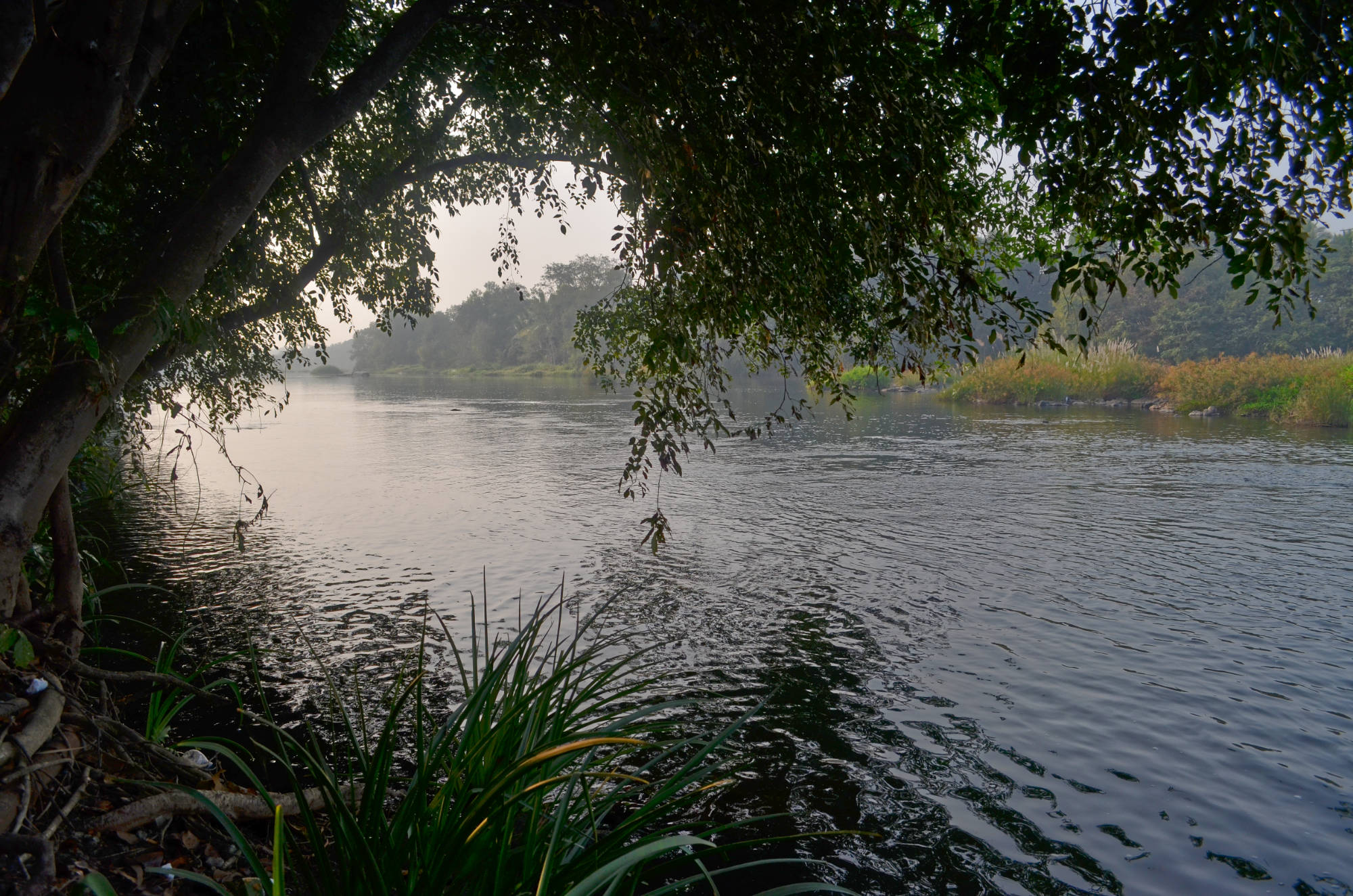
STEPWELL BLOG
Reflections on Geography, Teaching, Culture
Developing scientific temperaments in students. National Summit on Quality Education. March 2014
“Effective Student Engagement: Innovative strategies and Approaches”. Developing scientific temperaments in students. Imogen Sahi. March 2015.
In 2015 Imogen was delighted to be invited to the national summit for quality education held that year in Bangalore to share her ideas on constructivist approaches to the teaching of science to teachers from all over south India.
Her presentation shared pedagogical theory alongside practical methodologies and activities which she has developed as part of her ‘Sustainable scrap science’ project that she had run in schools local to Bangalore.
National Summit on Quality Education: “Attaining Institutional excellence through teacher empowerment”
Effective Student Engagement: Innovative strategies and Approaches. Developing scientific temperaments in students. Imogen Sahi. March 2015.
In 2014 Imogen was delighted to be invited to the national summit for quality education held that year in Bangalore to share her ideas on constructivist approaches to the teaching of science to teachers from all over south India.
Her presentation shared pedagogical theory alongside practical methodologies and activities which she has developed as part of her ‘Sustainable scrap science’ project that she had run in schools local to Bangalore.
Please do be in touch if you would like to hear more about the sustainable scrap science project.
Making use of learning from Bangalore- Primary Geographer Article Spring 2015.
A group of PGCE students took part in an educational visit to Sangam (now Stepwell), near Bangalore in India, in order to experience learning in a distant place. Here Rohan and Katherine reflect on how they applied the learning to their geography teaching; but first their tutor, Tessa, outlines her involvement in the visit.
A group of PGCE students took part in an educational visit to Sangam (now Stepwell), near Bangalore in India, in order to experience learning in a distant place. Here Rohan and Katherine reflect on how they applied the learning to their geography teaching; but first their tutor, Tessa, outlines her involvement in the visit.
Introduction (Tessa Willy, Tutor)
In 2013 the DfE increased the number of days that student teachers are required to spend in school during their teacher training. The DfE states that providers can use ten of these days as an ‘alternative placement’. The idea behind this is for students to gain additional experience in, for example, PRUs, secondary schools, special schools or children’s centres. Student teachers were able to choose where to spend this time as long as the National Curriculum was being taught in some form or other.
Having spent a fascinating ten days at ‘The Land’, which is an educational centre just on the outskirts of India’s fastest- growing city, Bangalore, I looked into running a two-week school experience for our Primary PGCE students. (The Land is also the centre used by Helen Martin and Ruth Potts (2014) as the stimulus for their Primary Geography article ‘Enquiring minds and unique places’). The response to our invitation to join the trip was staggering: six times the number of students applied than we had places for, and all of their applications were excellent, therefore the 12 participants were identified by lottery. We then spent three months preparing for the visit, keeping uppermost in our minds the importance of the trip’s benefit for everyone involved in the process – both in the UK and India. I was familiar with Scoffham and Barnes’ work in this area; they describe such trips as being: ‘a powerful learning experience which transformed students’ thinking by creating dissonance on a cognitive, emotional and existential level... by a model of transformational learning which highlights personal growth and development’ (Scoffham and Barnes, 2009).
Some of the PGCE students had received primary geography input during the course, and three were geography specialists who understood the importance of considering both differences and similarities when immersing their pupils in a distant place study. The other students soon came to the same conclusion, demonstrating an appreciation of this facet when sharing challenges with the teachers in Indian schools, for example, teaching pupils with English as an additional language. We were impressed by the high levels of aspiration demonstrated by the pupils in India, which tended to be not for material possessions or celebrity but for working in professions that would contribute positively to their environment and society. Below, Leanne, Rohan and Katherine outline the outcomes from their work with pupils in the UK and India. This fedinto a piece of action research, which was one of their PGCE assignments. These are informative and transferable, and will form the building blocks for work that these students carry out with pupils for years to come.
(Please be in touch with us to access the full article.)
Wide World article- Bangalore's Changing rural-urban fringe Case study. GCSE Geography Magazine.
We are really pleased to be able to offer this case study of the development of Bangalore, written by Kiran Sahi with Jane Ferretti, published in Wide World Magazine's February edition.
Please do be in touch with us with how to access the full article.
We are really pleased to be able to offer this case study of the development of Bangalore, written by Kiran Sahi with Jane Ferretti, published in Wide World Magazine's February edition.
Please do be in touch with us with how to access the full article.
On Teaching Geography
On Teaching Geography: This is an enquiry based observation activity which suggests a way that visiting teachers can gather information about our village in order to inform a comparative study. Silvepura is a changing village and therefore is in microcosm representative of what is happening to India as a whole.
On Teaching Geography: This is an enquiry based observation activity which suggests a way that visiting teachers can gather information about our village in order to inform a comparative study. Silvepura is a changing village and therefore is in microcosm representative of what is happening to India as a whole.
Srirangapattanam area. South Karnataka.
..
Enquiring Minds and Unique places. Primary Geographer Article Spring 2014
Enquiry and geographical questioning are the methodologies that we most use and encourage here during our CPD activities and study visits. The methodology is wonderful for understanding change and development in rural and urban settlement studies, for development of thinking skills, for enabling knowledge and understanding of another place, and for developing contrasting locality studies.
We encourage the use of enquiry not only during experiences and field work activities during our activities, but also as teaching resources for use with photographs, film clips, artefacts, and sound files.
Please find the link below to an excellent article on the use of enquiry which was featured in the spring 2014 edition of the Primary Geographer, co-Authored by Ruth Potts and Helen Martin.
Ruth Potts visited us during a study visit in 2012 which was co-ordinated by the Geographical Society. Helen Martin. Helen is chair of the early years and primary committee of the Geographical Society, and is one of our leaders.





